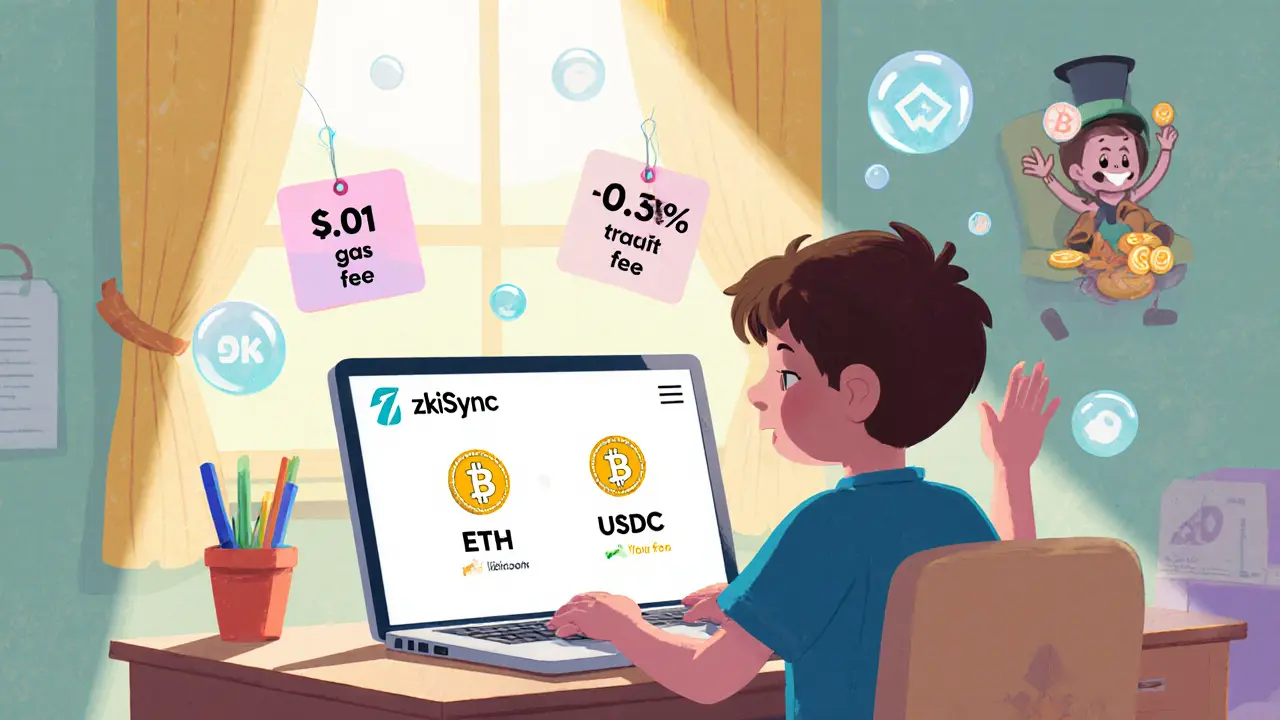DEX (Decentralized Exchange) Guide – What You Need to Know
When navigating DEX, a peer‑to‑peer platform that enables token swaps without a central custodian. Also known as Decentralized Exchange, it runs on smart contracts and leverages blockchain transparency. A DEX encompasses Automated Market Maker, a contract that automatically prices assets based on pool ratios, which requires Liquidity Pools, collections of tokens that provide the capital for swaps to function. On networks like Polygon, a layer‑2 scaling solution offering low fees and fast finality, many DEXs launch stablecoin‑only markets, turning Stablecoins, cryptocurrencies pegged to real‑world assets into high‑velocity trading pairs. This combination of AMM logic, liquidity provisioning, and cheap roll‑ups creates a fertile ground for DEX innovation, influencing everything from DeFi yield strategies to cross‑chain token bridges.
In practice, DEXs split into a few recognizable families. AMM‑based platforms like Uniswap V4 or DFX Finance on Polygon rely on constant‑product formulas, while order‑book DEXs such as 0x adopt traditional matching engines on‑chain. Some projects, like QuickSwap V3 on the Manta Network, experiment with zero‑fee structures to attract volume, whereas others, like WagyuSwap on Velas, layer liquidity mining rewards to fuel token distribution. These designs affect user experience: gas costs, slippage, and the speed of settlement. Understanding each model helps you pick the right tool for swapping stablecoins, accessing new token airdrops, or farming yield. For example, a stablecoin‑focused DEX reduces exposure to price volatility, making it ideal for traders who need predictable value when moving funds across borders. Meanwhile, platforms that integrate liquidity mining can boost token holdings simply by providing depth to popular pools.
Below you’ll find a curated collection of articles that dive deeper into each of these angles. We cover detailed reviews of DEXs on Polygon, step‑by‑step guides to claim airdrops from DEX‑related projects, analyses of gas‑saving innovations, and practical tips for navigating the regulatory landscape that surrounds decentralized trading. Whether you’re hunting the next high‑yield AMM, comparing fee structures, or simply trying to understand how stablecoins fit into a DEX ecosystem, the posts ahead give you actionable insights and real‑world data to make smarter decisions.
NinjaSwap Crypto Exchange Review: Is This DEX Still Functional?
NinjaSwap is a dead crypto exchange with zero trading volume, no audits, and no users. Its NINJA token has no liquidity or market value. Avoid this platform entirely - it's not worth the risk.
Apex Protocol Review 2025: DEX Features, Fees, and Performance
A detailed Apex Protocol review covering its DEX features, fees, performance, tokenomics, security, and future roadmap, helping traders decide if it fits their needs.
iZiSwap (zkSync) Review: Decentralized Exchange Deep Dive
A deep review of iZiSwap on zkSync Era, covering fees, liquidity, security, the upcoming $iZi airdrop, and how it compares to Uniswap and SushiSwap.







